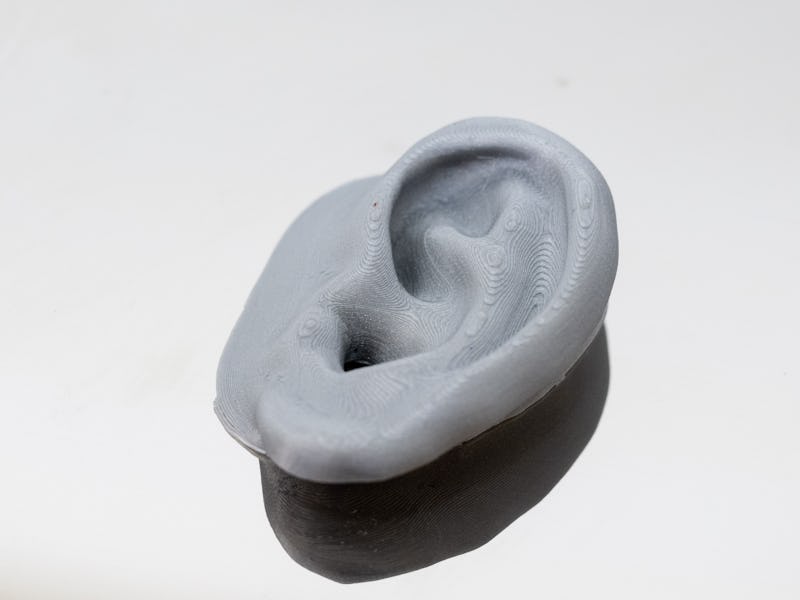Psychologists Just Figured Out How The Brain “Hears” the Sound of Silence
It’s not just people talking without speaking.

What is silence, exactly? In quiet moments, does the brain register silence the same way it hears, say, music? Or does it demarcate silence as the gaps between noises?
Psychologists and philosophers at Johns Hopkins University dug into the question of how the brain processes sound. Using aural illusions, the researchers demonstrated that the brain does, in fact, actively process quietness as it processes sound. They published their findings in the journal Proceedings of the National Academy of Sciences on July 10.
For the study, one-thousand participants took part in seven versions of three different auditory illusions adapted from prior perception tricks to probe what it means to sense and perceive.
The first illusion — called “one is more” — was originally used to test the perception of sound duration, or how long a person thinks something lasts, versus how long it actually lasts. This inversion of the trick tests someone’s perception of how long a silence lasts.
The listener acclimates to recorded ambient noise like that in a restaurant or busy street corner. Then, they’re presented with two different silent periods. In the first period, a brief burst of sound punctuates the silence halfway through. The second period, however, is one uninterrupted stretch of silence. This illusion challenges the listener to guess which of the two silent periods is longer. Although the two periods are exactly the same length, participants tend to say the second uninterrupted period is the longer one.
“This suggests that our mind constructs similar auditory representations that might underpin our experience of silence,” first author Rui Zhe Goh, a Ph.D. candidate at Johns Hopkins, told Scientific American.
The second illusion is called “silence event-based warping.” The listener hears a tone in two different contexts. The first time, the tone rings by itself. The second time, it rings in the wake of some ambient restaurant noise. The listener then must guess which of the two tests lasted longer. Following the background noise, the gap between the two tones may seem longer.
The third illusion is called “oddball silence.” The listener simultaneously hears a note played on an organ and the rumble of an engine. Four times in a row, the organ briefly cuts out, and the listener only hears an engine. Then, the fifth time, the engine cuts out for the same amount of time — though listeners believed this cutout lasted longer than the previous four.
These illusions show that participants perceive and measure silence the same way they would sound — and just like time, silence can get all twisted, too.